- Do you subscribe to Dharma Dog Training’s Newsletter? You should.
- A Unique Campaign from The Humane Society of the United States
- Rabid bats in Omaha- Stay safe, prepared with these tips
- Springtime Activities in Omaha
- Mill Dog Monthly from Bailing Out Benji
- World Spay Day, Legislative Alert in Nebraska
- Attend the Nebraska Rescue Council’s monthly meeting this Saturday
- Five Hard-to-Ignore Reasons to Adopt!
- Paws in Pink to Benefit Breast Cancer Foundation
- VCA, Inc. Acquires MidWest Vet Specialists from Kansas State University
Must-Know Puppy Potty Training Tips
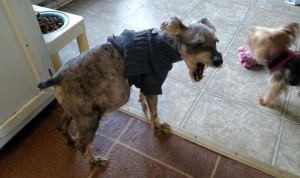
Welcoming a new addition to your family is exciting, especially if it’s a little fluffy animal. If you’re a new pet owner, chances are you’re trying to potty train your new little one.
Both Katherine Bradshaw of the Nebraska Humane Society behavioral help line and Kristin Sandstede of Big Moose Dog Training agree that potty training is a big deal.
“Potty training is a hugely important issue. It’s one of the most common things that pet owners will call me for help with,” Bradshaw said.
Here are some tips that Bradshaw and Sandstede shared with PetsinOmaha.com.
Things you’ll need:
A crate
A leash
Lots of verbal encouragement
1. Get your new pup accustomed to a crate.
The Nebraska Humane Society suggests keeping your pup confined crate or in an area that you can supervise them while you are potty training them. In addition, Stanstead said, “Dogs are den-dwelling so they tend to avoid soiling the same areas that they sleep in.”
Sandstead suggests a crate that is big enough for your dog to lay down, sit up and turn around in. The American Kennel Club warns that anything bigger could encourage the dog to use the bathroom in one corner and then avoid it.
Bradshaw also warned that some dogs may be scared of crates due to previous traumatic experiences. If your pup or dog is scared of crates she suggests a playpen or a baby gate that can confine them into one area.
“If the dog does decide to go to the bathroom in the crate, it helps to put a food bowl or some treats inside. Dogs don’t like to potty and eat in the same area. This also works if they start going to the bathroom in certain areas of the house,” Bradshaw said.
2. Make a schedule and stick to it!
Bradshaw said that it is important to make a schedule for your dog since you are helping them form a habit. Younger dogs will need to be taken out every two-to-three hours since they have smaller bladders.
To help train them, take them out on a leash with times that are consistent when they might have to go to the bathroom. Bradshaw suggests these times:
- First thing in the morning
- After a nap
- After playtime
- After eating or drinking.
Both Bradshaw and Sandstede suggest taking them out on a leash so that you can both reward them when they do the right thing and also to help guide them.
“When they do eliminate, say a word or phrase like “go potty” and immediately give them a treat,” Bradshaw said.
You’ll want to continue to follow a schedule even after your dog seems to be potty trained- at least six-weeks.
“Often it starts with unrealistic expectations, followed by a false sense of security when things go well for a month, which leads to too much freedom much too soon. Over time with a lack of schedule you can end up with some bad habits,” Sandstede said.
3. What if they don’t go when outside?
There are a couple of reasons that your pup might not be going outside. One reason could simply be that they don’t have to yet. In this case Bradshaw suggests taking the dog inside for 10-15 minutes and keeping them in a confined area.
“That way, if you see any circling, sniffing or squatting, you can take the dog out right away and prevent any accidents before they occur,” Bradshaw said
Another reason may be because the pup doesn’t want to go inside yet.
“Take a nice walk around the block or allow them to run in the yard afterwards. Some dogs will put off eliminating if they know they will be taken back inside as soon as they’re done,” Bradshaw said.
4. Always, ALWAYS, Praise your pup!
Dogs respond to positivity just as much as humans do! When they go potty outside to reinforce that this is correct and give them a treat.
5. If you think you might forget…
Set a timer! Either on your phone or through some other kind. If you have an iPhone, Sandstede suggests the app iPotty Train. This isn’t just a timer, but an app helps you decide when to take your dog out based on their water intake and potty routine.
These tips should get you and your new pup off to a good start. The Nebraska Humane Society’s helpline and trainers like Big Moose can help if things aren’t going quite as smoothly as you’d like.
Related Posts
Latest News
-
Join Us at Pick A Pooch 2025: A Fun-Filled Weekend for the Whole Family
A Fun-Filled Weekend for Pet Lovers and Families Alike Mark...
- Posted 1 year ago
- 0
-
Beardmore Presenting Sponsor At This Years Pick-A-Pooch event
🐾 We are thrilled to announce that Beardmore Subaru is...
- Posted 4 weeks ago
- 0
-
How Having A Pet Can Change Your Life
Having a pet can open your heart in ways that...
- Posted 2 months ago
- 0
-
How To Improve The Life Of Your Senior Pet
Do you have an elderly fur baby and want to...
- Posted 3 months ago
- 0
-
Springtime Activities To Enjoy With Your Furry Friends
Are you preparing for warmer weather and want some ideas...
- Posted 4 months ago
- 0
-
Pros And Cons Of Microchipping Your Pets
Have you considered whether your pets should be microchipped and...
- Posted 5 months ago
- 0
-
The Best New Fun Toys For Dogs And Cats
The Best New Fun Toys For Dogs And Cats Did...
- Posted 5 months ago
- 0
-
Heartfelt Ways To Show Your Pet You Love Them
Did you know there are more ways to show your...
- Posted 6 months ago
- 0



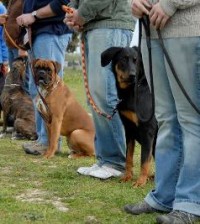
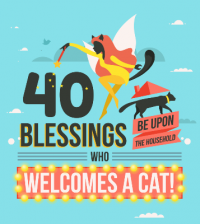
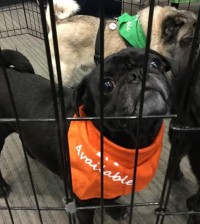






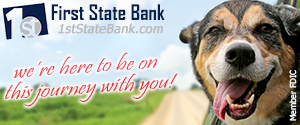
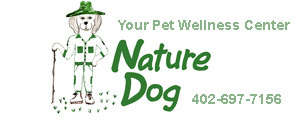



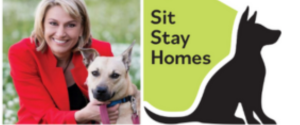





You must be logged in to post a comment Login